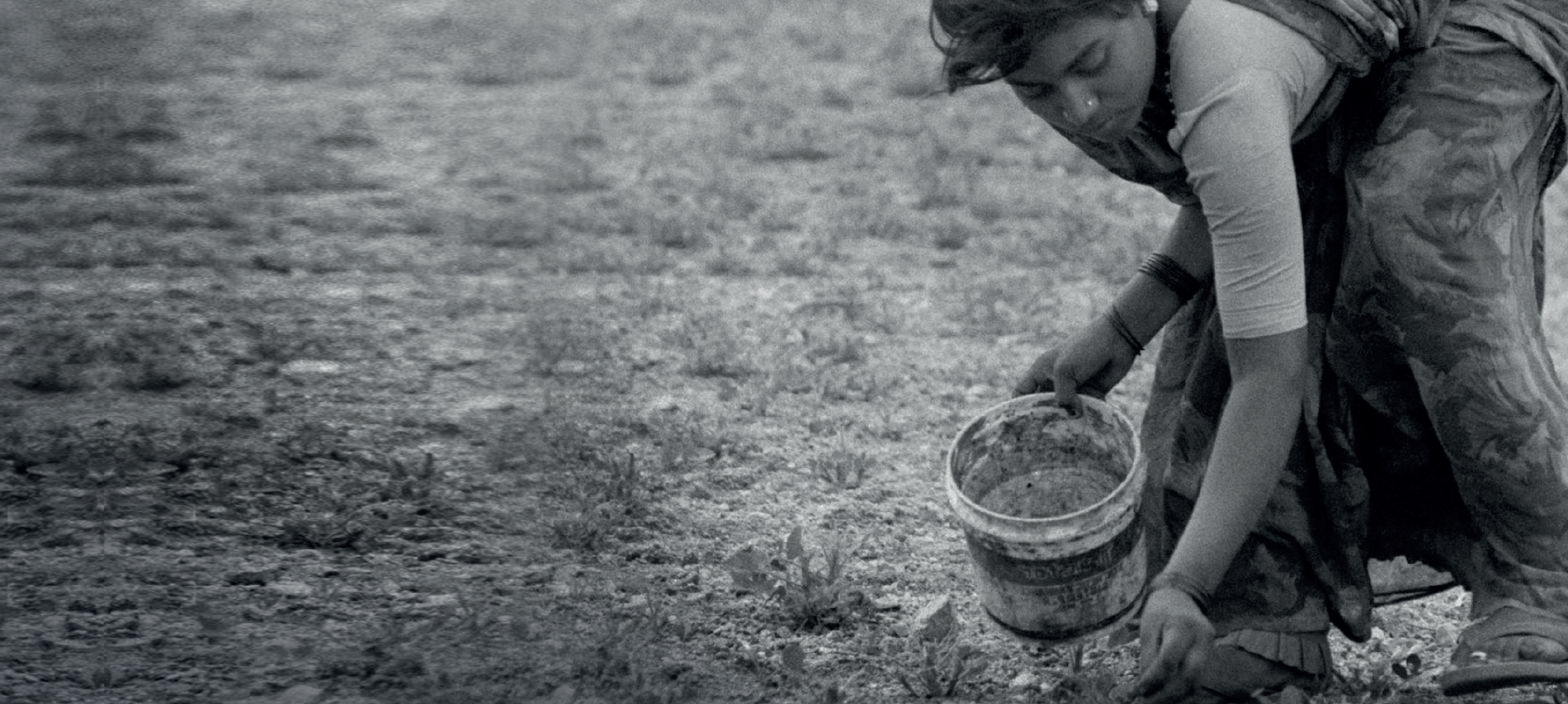Dr Nandita Shah is the founder of Sanctuary for Health and Reconnection to Animals and Nature (SHARAN) and has thirty-six years of experience in treating patients. In her new book, Reversing Diabetes in 21 Days: A Nutrition-Based Approach to Diabetes and Related Problems, based on her revolutionary diabetes reversal programme, the renowned homeopath elaborately breaks down the real cause of diabetes using scientific evidence and intelligently outlines a routine that will not just prevent the disease but also reverse it.
Here’s an interview with the esteemed author:
1. Why did you choose diabetes and not any other disease to write about?
Although my goal as a doctor is to help people live a life without medicines, no matter which illness they suffer from, there are several reasons why I chose to write about diabetes. Firstly, the incidence of this hormonal problem has exploded in India. Unlike 50 years ago, today, almost every family has a member with diabetes and it is affecting even younger age groups. I have seen children aged 14 with type II diabetes!
Unlike in the case of heart disease and cancer, or autoimmune diseases, nobody is fearful of diabetes. Most people would be willing to give healthy food a chance! Also, in the case of diabetes the progress can be tracked very easily with a glucometer and results are tangible within just days or weeks. This motivates the patient to continue and get even higher results.
2. Tell us about the most remarkable success story of your revolutionary diabetes reversal programme.
If you had asked me this even five years ago, I may have been able to tell you something. But now, I see or hear of people reversing diabetes everyday. I’ve seen people on multiple medications and insulin get free of most of these medications as well as the insulin, during our 21 day health retreats. The joy and freedom that they experience after years of being dependent on medicines is remarkable! And it’s not just that, there’s also the cost involved. One of my patients who after many years got free of medicines for diabetes and high blood pressure, was taking medicines worth Rs 17,000 each month! Imagine the amount of money that can be saved just by making simple lifestyle changes and eating delicious food.
3. What other diseases are you planning to write about?
Actually all diseases can be cured by adopting similar principles. Today, I’m seeing a lot of patients with cancer. This is much more complex, because of the sheer fear involved and multiple causative factors. However, it’s very rewarding when patients are able to trust and see their cancers, including metastasis, recede, simply by following the principles of natural healing. I think this would be my next step because of the number of people that could be benefited. Like diabetes just a few years ago, today the number of cases of cancer is exploding.
4. Does your book address anything about homeopathy?
No, not really. My goal today is to help people become their own best doctors. I consider homeopathy to be a very serious and difficult art of healing. It requires a lot of studying, understanding, and yet it can be quite subjective, making it difficult for the layperson to use it successfully.
After years of homeopathic teaching and practice, today I, myself, rarely use homeopathy. If just changing our diet and lifestyle can make such big inroads into healing, why bother with anything else? What I like best is that with this method patients can take their health into their own hands, where it belongs. Besides, you can’t solve a problem without removing the cause and the cause of disease is never lack of medication (not even homeopathic medications).
True reversal means being healthy without any medicines.
5. How long did it take you to research and come up with the step-by-step plan to reverse diabetes?
I have to admit that this approach to reversing diabetes is not original. There are many doctors in the world who are using this method to help their patients reverse diabetes. My introduction to this method came from Dr Neal Barnard first and then others like Dr Gabriel Cousens. I could understand it easily because I had already been working with natural healing methods with myself and with my patients. Since the results are almost guaranteed, it’s very motivating both for the doctor as well as the patient. I’ve been following this lifestyle for more than 15 years now and advising it to my patients. The learning is never complete. I’m always learning something new from the best teacher in the world, Nature.
Interspersed with testimonials, stories and real-life experiences of past participants, this book will show you that type 2 diabetes and many cases of type 1 diabetes are indeed reversible!
































